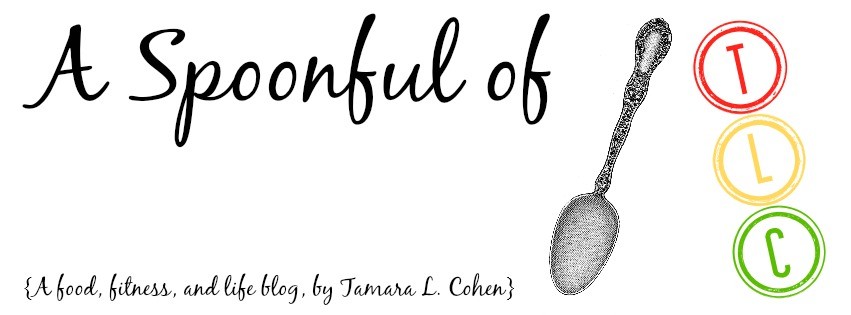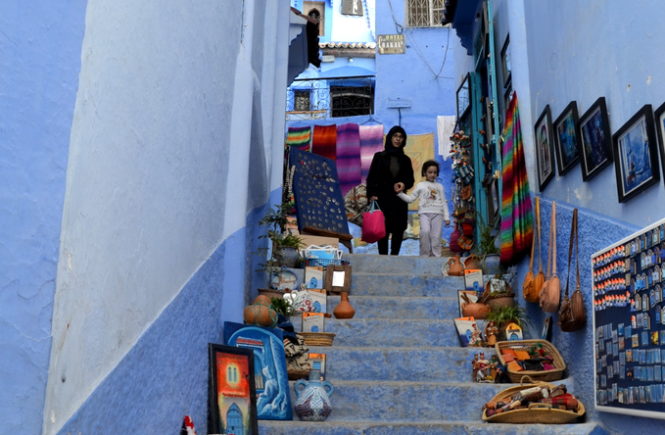In my opinion, one of the biggest “road blocks” to obtaining Spanish citizenship due to Sephardic origin are the two exams. They are two things that require time, commitment, and preparation. I haven’t taken the DELE A2 exam yet, but I have takes the CCSE Culture and History exam. I thought that I would share my experience with the exam- how I studied, how to register and pay, what the exam itself was like, etc.
1 // What is the CCSE exam? The CCSE is an exam given through the Cervantes Institute. It is an exam given to all people applying for Spanish Citizenship, regardless of Sephardic origin. This exam will cover the cultural, political and historical aspects of Spanish life.
2 // How often is the exam given? The exam takes place the last Thursday of every month, at 6:00 pm in official testing centers across the world. Here are the dates posted on the Cervantes website: 
3// How much is the CCSE exam? The price (currently) is 85 Euros, which includes registration and the study manual. The study manual can be accessed via PDF and printed. The applicant will have the opportunity to take the exam twice, in the case that they do not pass the first time or do not show up to the exam. Payment can be made with credit card or through PayPal.
4 // How many questions are on the exam? The official exam has 25 multiple choice questions, which must be completed within 45 minutes. These 25 questions are chosen from a pool of 300 multiple choice questions that can be accessed within the study materials.
5 // Where is the exam given? There are test centers across the world.
Click HERE to find a center near you.
6 // How do I prepare? You will have access to study materials and test questions, which will be in Spanish. You can also take a prep course or play games online to help practice.
7 // Is the exam in Spanish? Yes. If you have a decent understanding of Spanish, you won’t have any problems (assuming you study).
8 // How do I register? Make a profile on the Cervantes website and choose a location and date for your exam. Register and pay the fee through their portal.
Click HERE to make a profile and register for the exam.
How I prepared for the exam
Once I had created a profile, I downloaded and printed the official study materials. There is something like 80+ pages of material and I quickly flipped through it and thought ohhhh my gosh, I need at least a year for this. It’s daunting! But then I really started to read through it and took a look at the dates the exam was offered. I wasn’t able to sign up for the earliest exam (registration had passed), but there was one 6 weeks out. I decided 6 weeks was enough time to really work through the material without feeling too pressured, but not having too much time that I didn’t study. In hindsight, with a fairly solid ability to read and understand Spanish, a month would have been enough time. Six weeks was fine though- it gave me time to be a little more laid back.
The study materials are organized into chapters including government, history, politics, culture, etc, and after each chapter, there is a mini exam that reviews the information from the previous chapter.
I originally wanted to join a class to prepare for this exam, but the local school was not offering it due to lack of interest. In hindsight, I think the class would have been helpful, but it is not necessary to do well.
I began by working my way through the chapters. Here is what I did:
- I read through the entire packet, highlighting important information.
- In a separate notebook, I created an outline of the study guide, looking up any words I didn’t understand. This took the 80+ pages down to about 15 hand written pages.
- After each chapter I would glance over the review questions, most of which might be common knowledge, but the political and historical information was tricky.
- After the outline was finished, I re-did a much shorter outline, which consisted of only the information I did not know. This was probably 5 pages.
- Once I finished that, I focused on the questions, trying to answer each of them without looking at the answers.
- Any answers that I did not know 100% (meaning I didn’t know the answer immediately), i highlighted in yellow.
- After going through all 300 questions, I made a list of the questions that I did not know 100% and just studied those. I had them on a paper, so I reviewed them in my free time- on the metro, bus, eating lunch, etc.
- About two weeks before the exam, I would review the entire set of 300 questions one time each day.
- I also utilized apps! The apps are not available for iOs devices, but if you have a Google Play device, you can download apps that simulate the exam and ask you the same questions you have been practicing! There are also copies of the past real exams and some games to help memorize information. Recommended apps: eSefarad // Test nacionalidad
My Experience During the Exam:
I took the exam at a testing center in Madrid, where it is recommended to arrive one hour before the exam begins (at 6:00). I was told to bring ID and that’s it. I figured it wasn’t necessary to show up an HOUR before, so I went around 5:30 and much to my surprise, there was a HUGE line with over 100 people waiting. Luckily, they were all waiting for the same exam, so I knew I would be fine. The line moved quickly, but I was a little bit nervous. Once I got inside, they checked my ID, gave me my Scantron and a pencil, and showed me to my assigned seat. We weren’t allowed to sit next to anyone, so I had space on both sides. The exam was given in a large theater with desks attached to the chairs. The proctors handed out the exam and instructed us not to open it until 6:00. Once the exam began, I was finished with the 25 questions in less than 10 minutes. We were allowed to leave the testing room every 15 minutes, as to not disturb others.
As for the exam, there were NO surprises. If you study the study materials and provided questions, you will be absolutely fine. You need a 15/25 to pass, and the test is given as pass/fail, which means you won’t know if you receive a 16/25 or 25/25. All you know is you PASSED!


